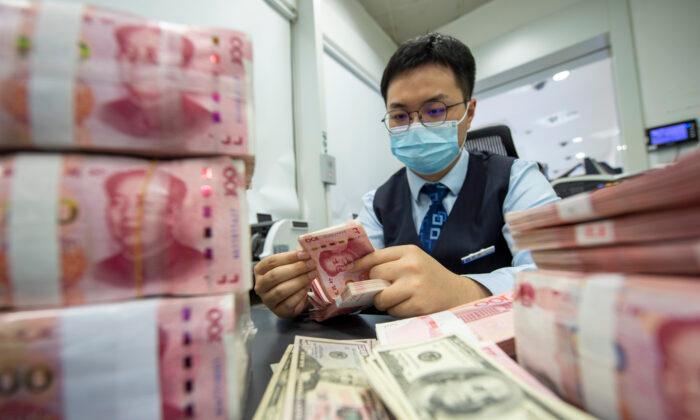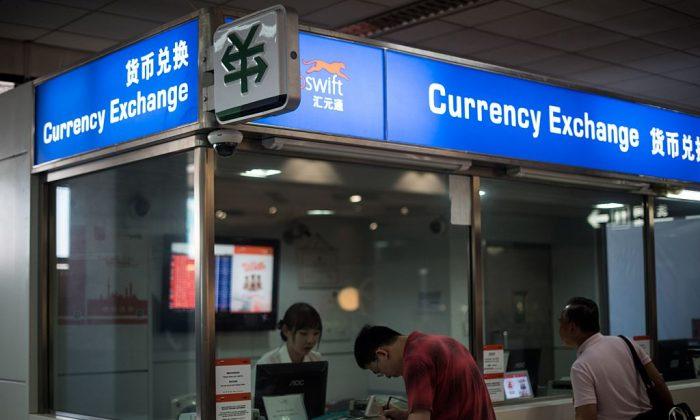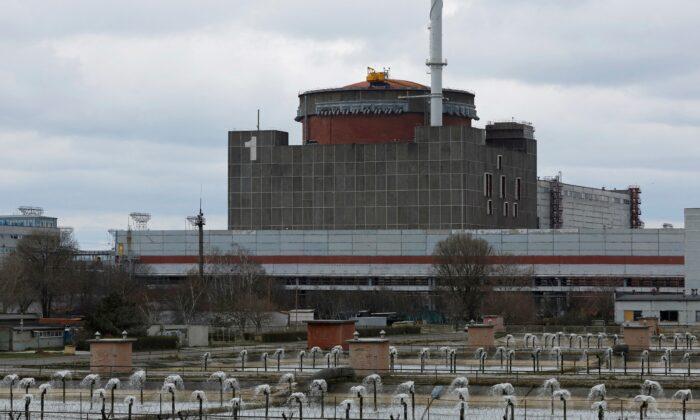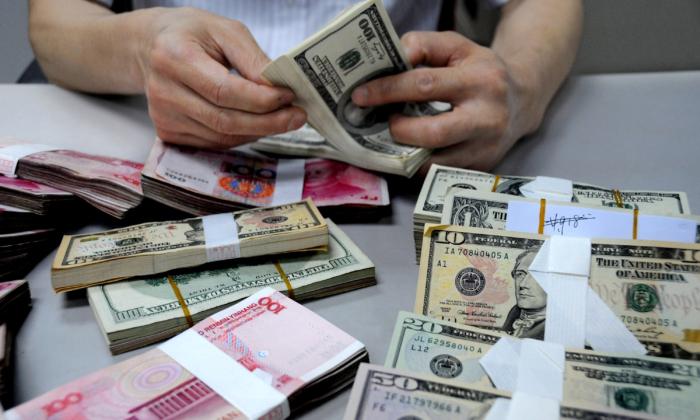The Chinese Communist Party (CCP) regime’s fiscal balance for the first three quarters of 2022 shows that revenue for the country’s general public budget fell by 6.6 percent year-on-year, while revenue for the government funding budget fell 24.8 percent year-on-year, although corresponding expenditure increased significantly.
The Chinese Ministry of Finance announced the figures on Oct. 25. Cumulative public budget revenues amounted to 15.315 trillion yuan (about $2.11 trillion), a decrease of 6.6 percent year-on-year; while expenditures for the same period amounted to 19.039 trillion yuan (about $2.62 trillion), an increase of 6.2 percent year-on-year. The budget shortfall was 3.724 trillion yuan (about $510 billion).
For government funds, estimated revenue was 4.59 trillion yuan (about $629 billion), down 24.8 percent year-over-year; while the estimated expenditure was 9.03 trillion yuan (about $1.24 trillion), up 12.5 percent year-over-year. Government funds in China are money collected from citizens, legal persons, and other organizations by the CCP for a specific purpose with no compensation—mainly for infrastructure and public utilities. Government funds are the second largest source of revenue for the Chinese regime after taxes.
The budget shortfall for government funds is 3.44 trillion yuan (US$470 billion), and when combined with the general public budget shortfall, the CCP government’s budget deficit for the first nine months of 2022 is 7.16 trillion yuan (about $990 billion)—more than twice the size of the 2021 deficit. The Chinese Ministry of Finance released figures in February that put the CCP government’s deficit at 3.57 trillion yuan (about $489 billion) in 2021.
On the CCP’s debt problem, political and economic researcher Albert Song told The Epoch Times, “China’s economy is now in the midst of various problems, with the potential of triggering a financial crisis.” Song has 27 years of experience in China’s financial industry and specializes in the study of China’s political and economic structure.
He explained further: “According to the regime’s official figures, the deficit has already exceeded the official deficit limit of 2.8 percent, which means that all levels of finance are stretched to the limit. Among them, the expenditure on the CCP’s zero-COVID policy is the most significant, including the increased frequency of nucleic acid testing, and some places have recently issued orders requiring nucleic acid testing to be paid for by the people, which means that the local government has depleted all its funds.”
“The downturn in the real estate market has also affected local government land finance,” Song said.
Following a 4.9 percent drop in August, the CCP’s government land sales revenue fell 26.4 percent year-on-year in September. Many Chinese local governments have recently extended their home purchase incentives in response to the weakness of the property market.
According to the China Index Academy, as of Nov. 1, more than 300 provincial and municipal governments have adjusted their policies more than 900 times in an attempt to stimulate the real estate market. However, with an average of 90 policy adjustments per month, China’s real estate market did not experience the expected peak season in housing sales in September or October. From January to October, the top 100 real estate companies in China reported total corporate sales of 6.095 trillion yuan (about $840 million), down 43.4 percent year-over-year, while sales in October alone fell 26.5 percent year-over-year.
In addition, the U.S. Federal Reserve Board raised the benchmark interest rate by another 75 basis points on Nov. 2. “This is another blow to the CCP, since the increased interest rate will result in more Chinese capital moving overseas,” Song said.
In a recent interview with China Economic Weekly, Yang Weimin, the former deputy director of the CCP’s Central Financial and Economic Affairs Commission, also said, “In the next five years, we have to keep economic growth at a reasonable rate, otherwise it will result in serious economic and financial risks.”






